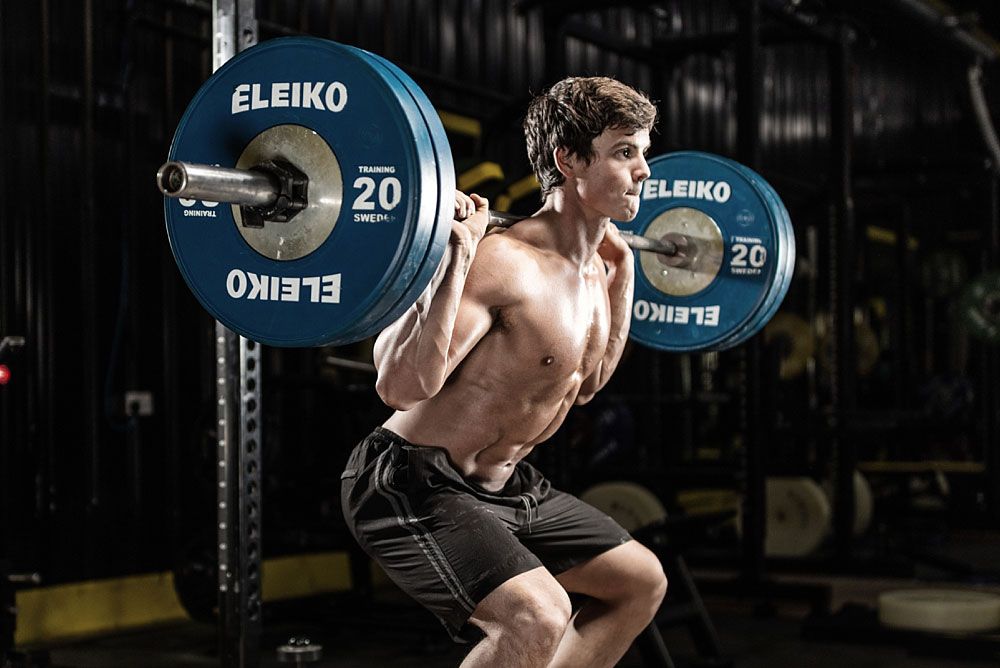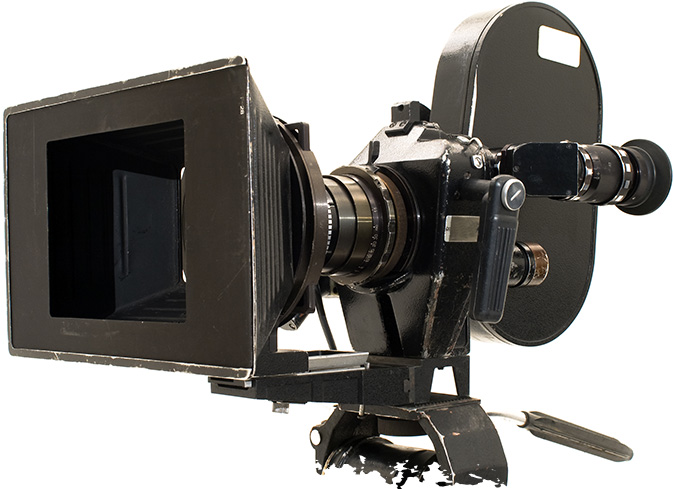
Matering The Compounds Part 5: The Squat
In the final instalment of the mastering the compound lifts, I will be dissecting the most technically demanding of all lifts; the squat.
If I were given an ultimatum where I had to pick only one barbell movement I was allowed to do for the rest of my life, it would be the squat. This isn’t just because of its ability to stimulate serious muscle growth, it’s because when done correctly, no other exercise can promote joint, tendon and ligament development quite like a full depth back squat. These qualities are universally useful in all areas of life, ranging from athletic performance to basic tasks such as sitting and walking.
Just like any lift, how you execute the movement is critical. Although squats sound good on paper, if you don’t have the adequate strength, stability and mobility to perform the exercise they can do more damage than good. Before you even think about adding weight to the bar, make sure your technique feels great and both the lowering and squatting phases of the lift are as smooth as possible. Here are my top 5 tips for cueing the ideal back squat.
1. Pick the bar up with your lower abs
Before we go in to how to squat the weight, we first must discuss how to set up the weight. In my opinion, a strong squat is a squat you can control perfectly out of the bottom of the movement. This isn’t achieved as soon as you hit depth, it’s achieved by creating the proper pelvic placement prior to taking the weight out of the rack. When you get under the bar, squeeze your lower abs as hard as you can. Maintain tension and take a deep breath in through your nose visualising that you are inflating the lower abdominal region and lower back like a balloon. Once you have done this you must focus on your upper body placement.
2. Pull the bar in to your lats like a lat pulldown
On to the second cue and the bar still hasn’t left the rack. After engaging the lower abs in cue one, you must then focus on the upper body. When you are happy with your hip placement, position the bar on the bar of your shoulders and pull the bar down like you are training your lats. This engages the back musculature and creates the perfect “squat shelf” to rest the weight on. If you do this in tandem with filling the lower abs and back with tension, you have the ideal set up for squatting with great technique.

3. Don’t bounce out of the bottom
The problem with weight training is that if there’s a sneaky way people can cheat during a movement, they’ll usually do it. Unless you’re an Olympic weightlifter, using the stretch reflex (bouncing out the bottom) of a squat isn’t a great idea. Yes, it does mean you can move more weight, but it does not develop muscle or tendon and ligament strength in the most vulnerable position of the lift. Rather than speeding up once you hit the half way mark, slow down and focus on your core bracing. Make sure you use your glutes and quads to push yourself out of the bottom and doesn’t spring off your tendons. It will mean you have to go lighter but the long-term strength benefits are vast.
4. Push your knees out at the bottom of the movement
Knees coming in during the upward phase of the squat can lead to a cascade of problems. It isn’t just bad news for the knees, it can have implications on the lower back as well. Rather than waiting for the knees to collapse in before using the “knees out” cue, anticipate the event as a safety precaution and make sure you drive the knees out in the bottom of the squat. This will increase the activity in the glutes and make for an overall much stronger movement. You’ll also be able to use your quads more whilst lifting the weight.
5. Keep your chest up
OK so I didn’t want to have to repeat any of the cues that usually make the “generic squat guide”, but this one is very important. If your chest falls forward during the squat you are increasing the chances of the hips shooting up and back extending the weight up. This isn’t good for strength development or the spine. When squatting, just imagine you are trying to fit your torso in between your legs by driving them out. To improve spinal placement, think that you want your spinal position to be the exact same at the bottom of the movement as it is at the top. This will help keep the bar line directly over your feet and so therefore mean you have a smoother bar line during the concentric phase.
Last but not least, my two cents on depth
A common question that gets thrown around in the weight training world is “how deep should you squat?”. The answer to this will depend on each individual, their circumstances and goals. I prefer to stay away from cues that require anthropometric information such as leg length or hip sockets, as some teaching points may be great for one individual but terrible for another. Saying everyone should squat ass to grass is naive and a little irresponsible. In an ideal world this would be great, but some may lack the joint mobility, stability and strength to do this properly. My general rule of thumb with squats would be, to a least hit parallel but always make sure you have full control over the bar at any given moment. As soon as control is compromised, so are the benefits the movement will have on muscular development.
Just like any of the compound movements, progress comes with diligent application and patient loading. No article, despite how well written will magically add serious poundage to your lifts, but they can highlight certain areas which you may not have considered before and so strengthen a lacking quality. Understanding a lifting cue is one thing, but applying it when under the bar takes hours and hours of practice. Knowledge is what sets the foundation for progress but application is what cements it. If you feel like your lifting needs to improve, I would recommend lowering the weight by 30-50%, honing in on the one cue you feel like you haven’t been applying and doing it over and over until it becomes natural.
Next in the series will be different programming considerations for different lifts.

















